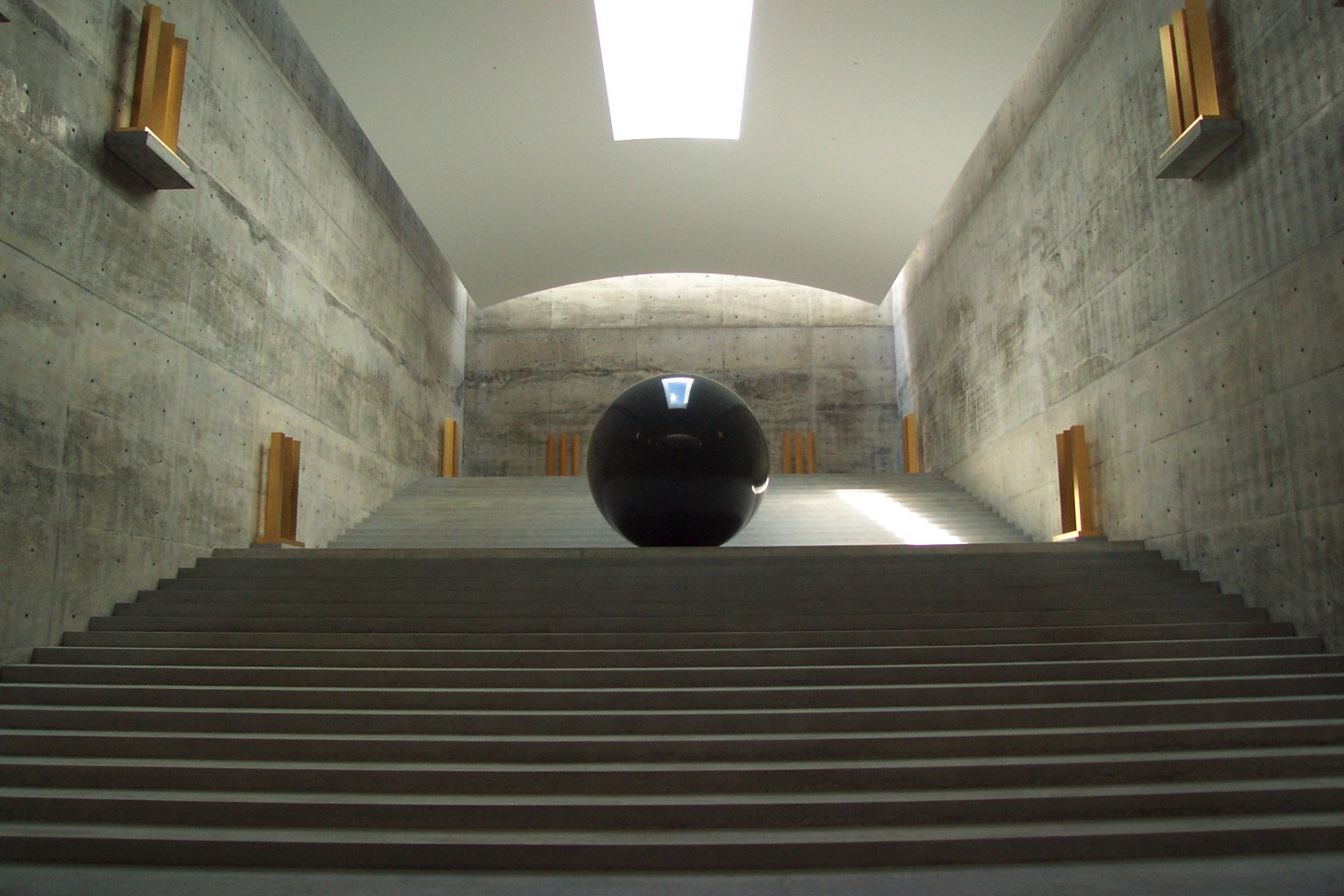Quote from Benesse website:
"Benesse Art Site Naoshima" is the collective name for all art-related activities conducted by Benesse Holdings, Inc. and Fukutake Foundation on the islands of Naoshima and Teshima in Kagawa Prefecture and on Inujima island in Okayama Prefecture.
Our fundamental aim is to create signicant spaces by bringing contemporary art and architecture in resonance with the pristine nature of the Seto Inland Sea, a landscape with a rich cultural and historical fabric.
Through contacts with art and nature, sceneries and inhabitants of the Seto Inland Sea region, we seek to inspire visitors to re flect on the meaning of Benesse's motto - Well-Being. In all our ongoing activities, we are committed to foster a relationship of mutual growth between art and the region, aiming to make a positive contribution to the local communities.
Our fundamental aim is to create signicant spaces by bringing contemporary art and architecture in resonance with the pristine nature of the Seto Inland Sea, a landscape with a rich cultural and historical fabric.
Through contacts with art and nature, sceneries and inhabitants of the Seto Inland Sea region, we seek to inspire visitors to re flect on the meaning of Benesse's motto - Well-Being. In all our ongoing activities, we are committed to foster a relationship of mutual growth between art and the region, aiming to make a positive contribution to the local communities.
 |
| Uno port area |

| Yayoi Kusama also designed the more famous, smaller Yellow Pumpkin on Naoshima |
 |
| Our cheerful guide, Nobuko |


The museum houses 3 Monet paintings including a 6m version of Waterlilies. The garden leading up to the musuem reflects the plants inside Monet's garden. I prefer the Monet in Paris.
There are also works by Walter de Maria and James Turrell. Photo and text come from Benesse Art Site on the web. The entire art space, containing a sphere 2.2 meters in diameter and 27 gilded wooden geometric forms, was created under the direction of Walter De Maria as an artwork. Viewers experience this space under the natural light coming in from the ceiling, producing dramatic changes in the room's illumination depending on the hour.

 |
| James Turrell: Open Field |
In this Turrell work, you walk slowly up the
stairs to the blue space, turn and walk down to see a yellow 'field'. I enjoyed
this experience, though most of the other light-based artworks did not
appeal.
Local people living in other parts of Naoshima were not interested
until Ando redesigned an old house preserving the outer shell. He created
Art House Project and other homes were similarly turned into art spaces
internally. No photographs are allowed in any internal spaces of houses
or museums.
 |
| This little house had 2 artistic features inside - ?? what they were. |
 |
|
Accidental photo!
Numbered lights in water 'owned' by specific citizens
|
 | |||||
|
 |
| Cedar pre-burnt to repel insect attack. |
 |
| Shinto shrine |
 |
|
As the tanuki,
the Japanese raccoon dog has been significant in Japanese
folklore since ancient times. The legendary tanuki is reputed to be
mischievous and jolly, a master of disguise and shapeshifting,
but somewhat gullible and absentminded. It is also a common theme in Japanese
art, especially statuary. This figure was outside a house.
Finally, some natural history from Naoshima - mimosa, pine cones, heron: |












No comments:
Post a Comment